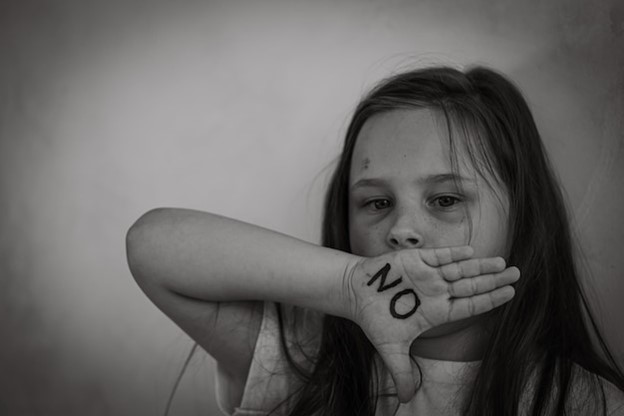Sexual assault and rape are serious crimes that have devastating physical, emotional, and psychological consequences for survivors. It is crucial to understand the nature of these acts and work towards preventing them. By fostering a culture of consent, promoting education and awareness, and supporting survivors, we can contribute to creating a safer society. Here is some essential information on understanding and preventing sexual assault and rape:
Understanding Sexual Assault and Rape: Sexual assault refers to any non-consensual sexual act or behavior where one person exerts power and control over another through force, coercion, manipulation, or taking advantage of the victim’s vulnerability. Rape is a specific form of sexual assault that involves penetration without consent. It is important to note that sexual assault and rape can happen to anyone, regardless of gender, age, or background.
Preventing Sexual Assault and Rape:
- Promote Consent Education: Educating individuals about consent is crucial in preventing sexual assault and rape. Teach the importance of clear, enthusiastic, and ongoing consent in sexual encounters. Emphasize that consent must be freely given and can be withdrawn at any time.
- Challenge Rape Culture: Rape culture perpetuates attitudes and behaviors that normalize or excuse sexual violence. Challenge victim-blaming, sexist jokes, and derogatory language that contribute to this culture. Foster an environment where respect, empathy, and consent are valued.
- Support Survivor-Centered Approaches: Provide support and resources for survivors of sexual assault and rape. Encourage them to seek medical attention, report the incident if they feel comfortable doing so, and access counseling services. Believe survivors and avoid any judgment or victim-blaming.
- Encourage Bystander Intervention: Encourage individuals to be active bystanders who intervene if they witness potentially dangerous situations. Teach strategies such as distraction techniques, direct intervention, or seeking help from authorities.
- Foster Communication and Education: Promote open and honest discussions about consent, boundaries, and healthy relationships. Educate individuals about recognizing signs of sexual assault and rape, as well as the resources available for survivors.
- Address Alcohol and Drug Misuse: Substance use can impair judgment and increase the risk of sexual assault. Educate individuals about responsible alcohol consumption, the importance of consent while under the influence, and how to intervene if someone is in a vulnerable state.
- Enhance Security Measures: Encourage the implementation of safety measures in public spaces, such as well-lit areas, security cameras, and increased police presence. Organizations and institutions should have protocols in place to respond effectively to reports of sexual assault and provide support to survivors.
- Engage Men and Boys: Men and boys play a vital role in preventing sexual assault and rape. Encourage discussions about healthy masculinity, respect for boundaries, and the importance of consent. Promote bystander intervention among men to create a culture of accountability.
- Support Legislation and Policy Changes: Advocate for legislation and policy changes that address sexual assault and rape. This includes improved legal frameworks, better access to support services, and harsher penalties for offenders.
- Continuously Learn and Evolve: Stay informed about evolving research, resources, and prevention strategies related to sexual assault and rape. Stay engaged in conversations about consent, healthy relationships, and creating safe spaces for all individuals.
Preventing sexual assault and rape requires a collective effort from individuals, communities, and institutions. By promoting consent, challenging rape culture, supporting survivors, and engaging in education and prevention efforts, we can work towards a society where sexual violence is not tolerated and everyone can live free from fear.










